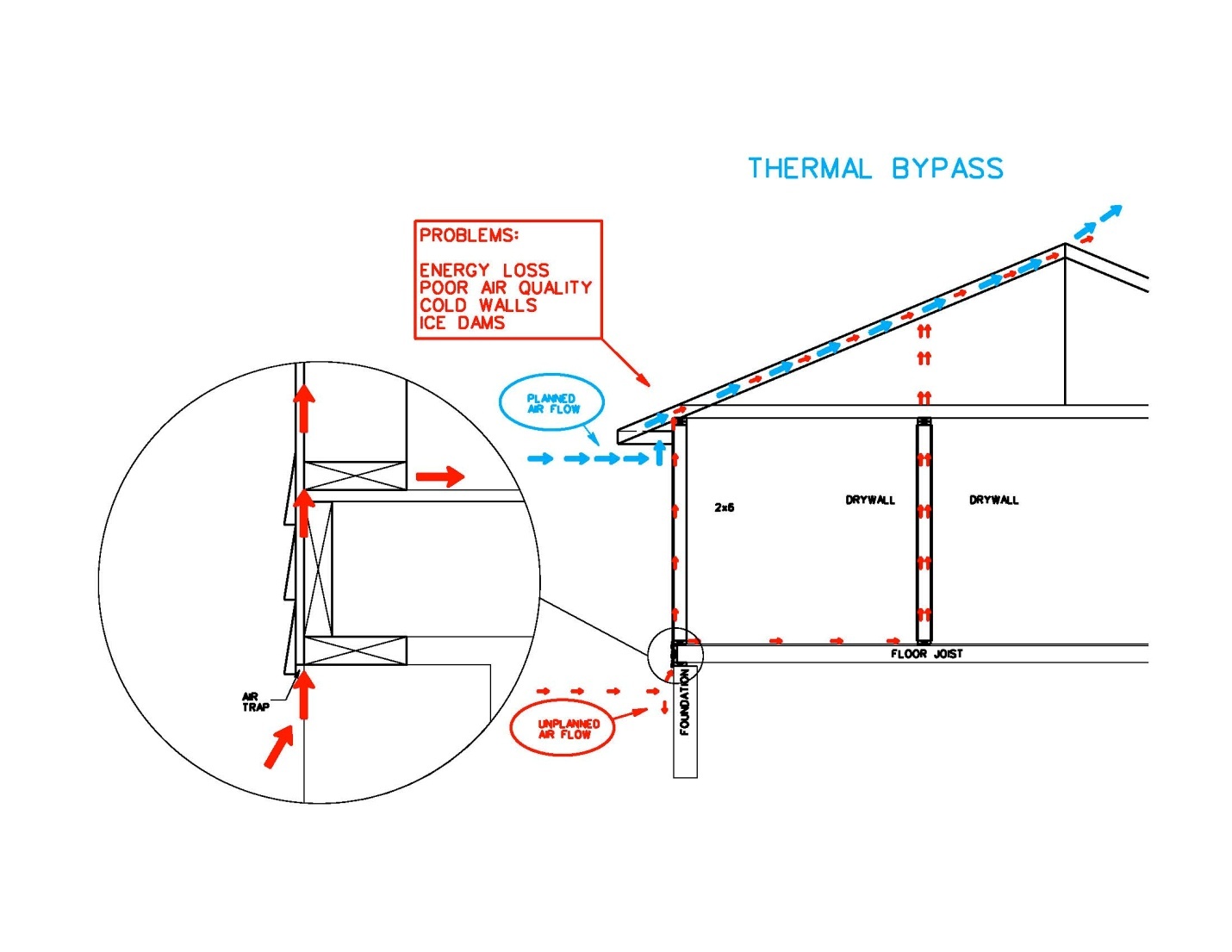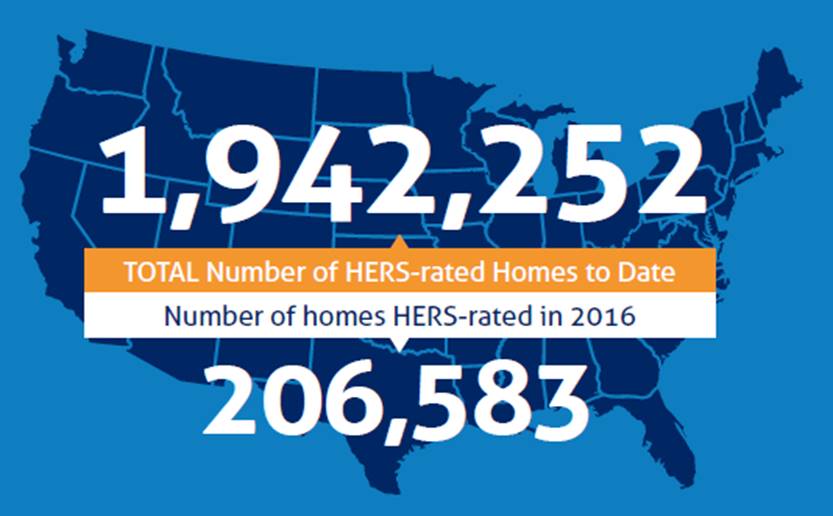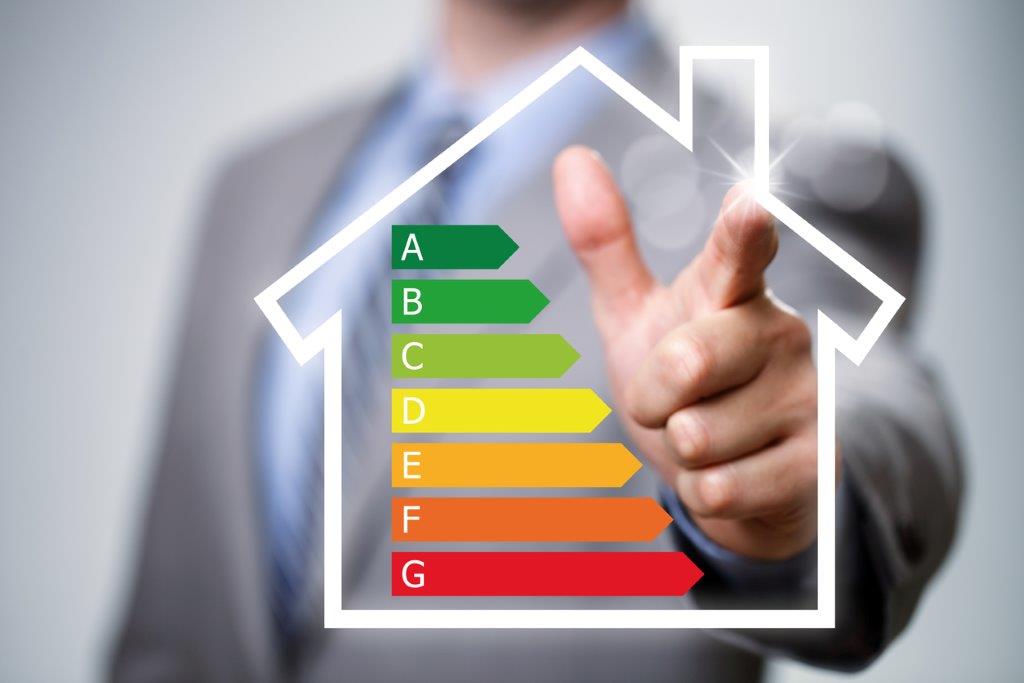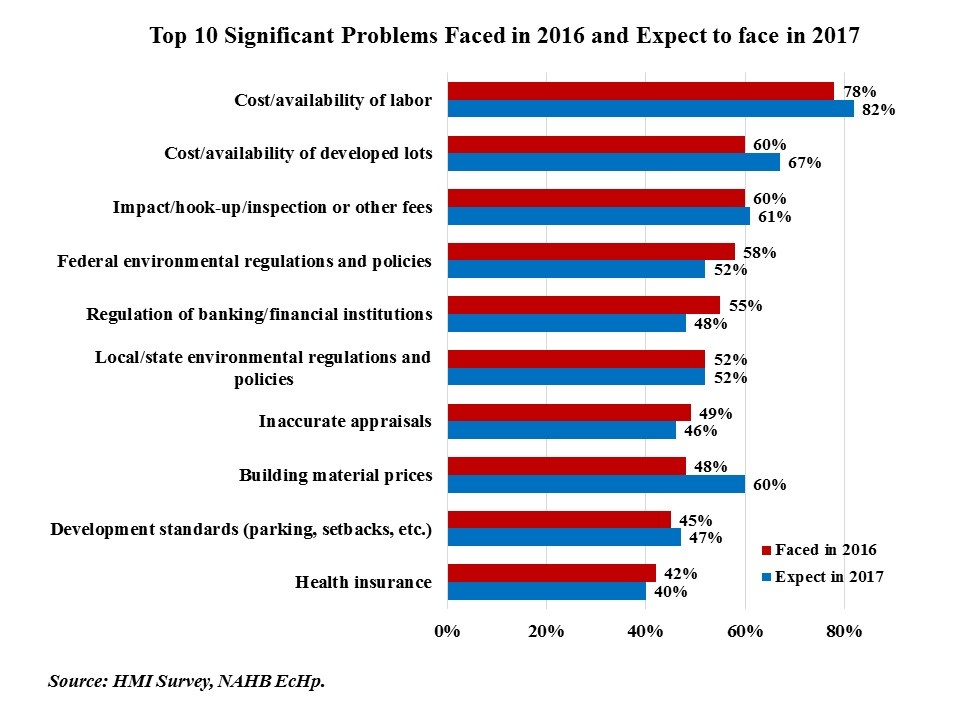By Michael Schettine, Technical System Expert, AccuFrame
Stacy Fitzgerald-Redd
Recent Posts
When Paul Torcellini, principal engineer in the commercial buildings research department at the National Renewable Energy Laboratory, decided to build his own home he admittedly had a bit of an advantage. As a building scientist and recognized expert in methods to achieve substantial wh\e building energy savings, Torcellini undoubtedly leveraged...
Thirty-six states currently use a version of the residential energy code equivalent to the 2009 IECC specification or lower. Many of these states will soon act to update their residential energy code to the more modern versions of the IECC, which include more stringent air leakage requirements measured by blower door testing. However, many...
Much has been made about the vaunted power of the Millennials to shape home sales in the coming years. These adults, born between the 1982 and 2003, will wield tremendous influence and comprise roughly 36 of the U.S. population by 2020 (77 million people). Much of what sociologists report about Millennials centers on the many ways they’re...
A report released recently by E4 The Future, which promotes residential clean energy and sustainability, examines the body of research supporting the considerable benefits of home performance/energy efficiency measures. The report concludes that not only do energy efficiency measures, such as increased insulation and air sealing, improved heating,...
By Michael Schettine, Technical System Expert
New Housing Energy Requirements
The ante has been raised by states adopting the 2015 IECC energy code, and builders are scrambling to meet new requirements.
A large part of the new requirements involve envelope air leakage standards. Simply put, the house (envelope) air leakage, when tested at 50 Pa...
Among the many factors consumers should consider when buying a home is the cost of ownership -- recurring expenses that are variable and not always obvious. One of those is energy costs, which are estimated to consume up to 4% (roughly $2,200 per year) of the average household’s income, before taxes.[1] Building more energy efficient homes,...
A collection of national, state and regional organizations are driving building energy efficiency through advocacy, research, policy analysis and action
NAHB recently released the results of their monthly Housing Market Index survey which included a set of special questions. The data revealed top builder pain points in 2016, and how builders expect these pain points to change in 2017. The top problem continues to be cost and availability of labor, which builders see increasing in 2017....

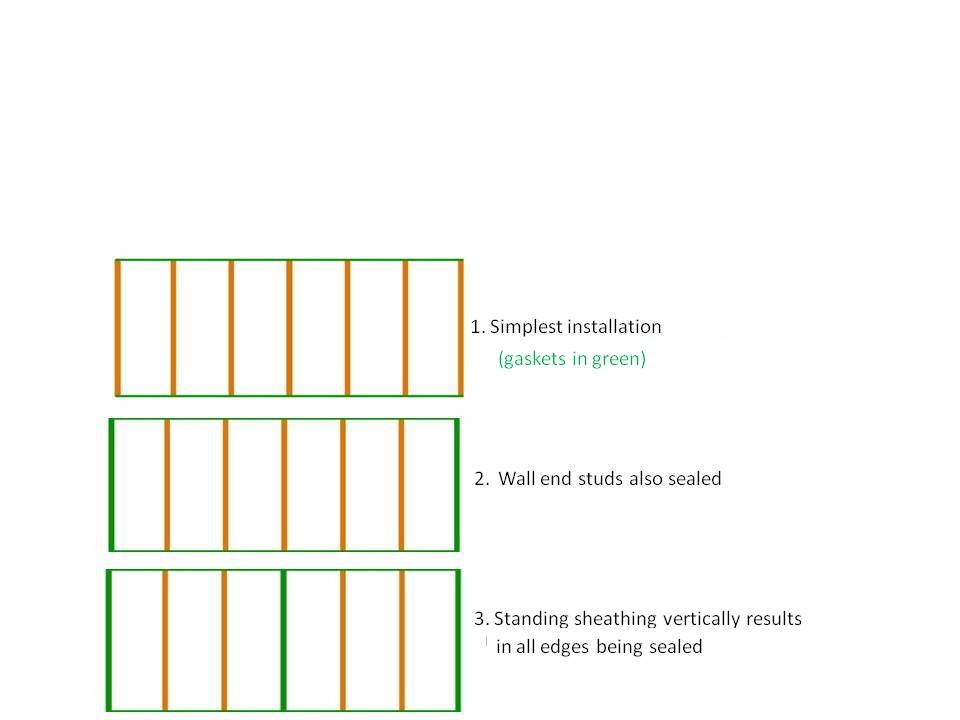

.jpg)



